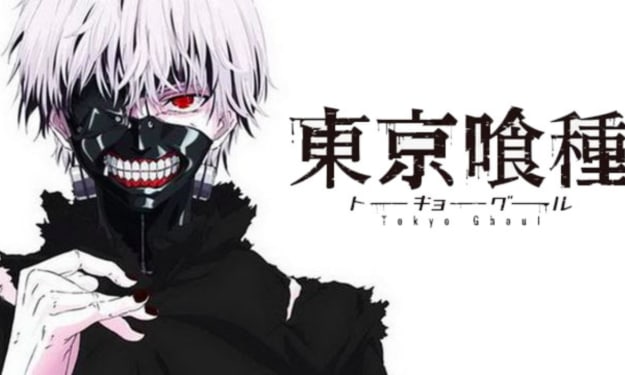
ReLIFE began as a web toon written and illustrated by So Yayoi, which ran from October 2013 till March 2018. The entire series has been collected into nine tankobons, and had an anime adaptation in 2016 which was produced by TMS Entertainment—TMS having worked previously on D.Gray-Man, Detective Conan, Lupin the 3rd, and having helped in the production of Akira. A year later, in 2017, a live action Japanese adaptation of the story was released. In 2018, the anime aired four OVA’s which marked the conclusion of the narrative for the anime.
The series was directed by Satoru Kosaka, who had, till this point, worked mainly as a key animator and animation director on series such as 07-Ghost, and on feature films such as Fate/Stay Night Unlimited Blade Works. This is his only directing credit to date. The music in the show is a predominantly jazz composition with an emphasis on the piano over most other instruments, and is composed by Masayasu Tzuboguchi.
The basic narrative of ReLIFE is that Kaizaki Arata is a 27-year-old NEET (Not in Education Employment or Training) who has lost his confidence in himself after leaving his first blue collar job—after just three months. He finds himself drifting through life working part-time as a convenience store clerk. One night after a night out with his friends, he is approached by Ryo Yoake who is an employee of the ReLIFE laboratory and offers him the choice of a fresh start to his life by giving him the option to revert to his high school self and spend a year going to school.
While it may seem like an anime version of Billy Madison, what makes ReLIFE stand out is the idea that once the year in high school is over Arata would be turned back to his actual age. All the memories of his classmates pertaining to him being completely wiped so as to not cause any discrepancies.
This is ultimately a slice of life, and romance anime, with the main strength being the narrative and the characters. While the lead is an interesting character in his own right, the supporting cast is diverse and interesting on their own. In addition, unlike most other anime, which has a staggering number of cast members, ReLIFE has a handful of characters. The advantage of this is that as audience members, we can get to know these characters better and feel for them when they are struggling.
The anime constantly shifts focus away from Arata relegating him to the background so that another character could be in the light and observe their feelings and struggles. These aspects of the show were incredibly engaging. We experience the bond between these characters grow, and overcome their obstacles. Most of which are incredibly relatable, as they are ones that people feel as teenagers and as grown ups.
The animation in this show is bare minimum as it is not a sakuga intensive show. However, the lack of movement is made up for by the compositions of the frame, interesting angles, colourful panels, and the like. It is one of the few shows over the past couple of years which had only one moment of 3D animation in it and it was in the OVA. Despite the animation being minimal, the characters and personalities shine through as a result of the terrific voice acting and the well written characters.
One interesting change between the original series in 2016 and the OVA’s in 2018 is the depiction of the extras in the background. In the original series the extras all had character models, whereas in the OVA they were replaced by pink and blue silhouettes. This is an interesting change as it helps to focus more on the established characters rather than have the viewers eyes be distracted by a cluttered screen, especially in the moments when the screen is still with no characters moving.
One major detractor of the anime is the over reliance of the soundtrack by Masayasu Tzuboguchi, there was hardly a moment of silence in the show where you can marinate on the scene with the characters. It felt as if the makers of the show were overcompensating on the lack of fluid animation with an over-usage of the OST. There were moments when the music stood out like a sore thumb and moments when it helped to accentuate the scene. In all, it is a wonderful soundtrack, even if I do wish they held back in using it so much.
Now that the anime is a finished product and narrative it is one that I highly recommend. Primarily, because it is so earnest in its presentation, and quite hopeful in nature. There is a total of 17 episodes for the entire series from start to finish. I found the climax of the series to be incredible, emotional and satisfying. The series is available to stream on Crunchyroll.
About the Creator
BoblobV2
Writing about anime, and anything else I find interesting.






Comments
There are no comments for this story
Be the first to respond and start the conversation.